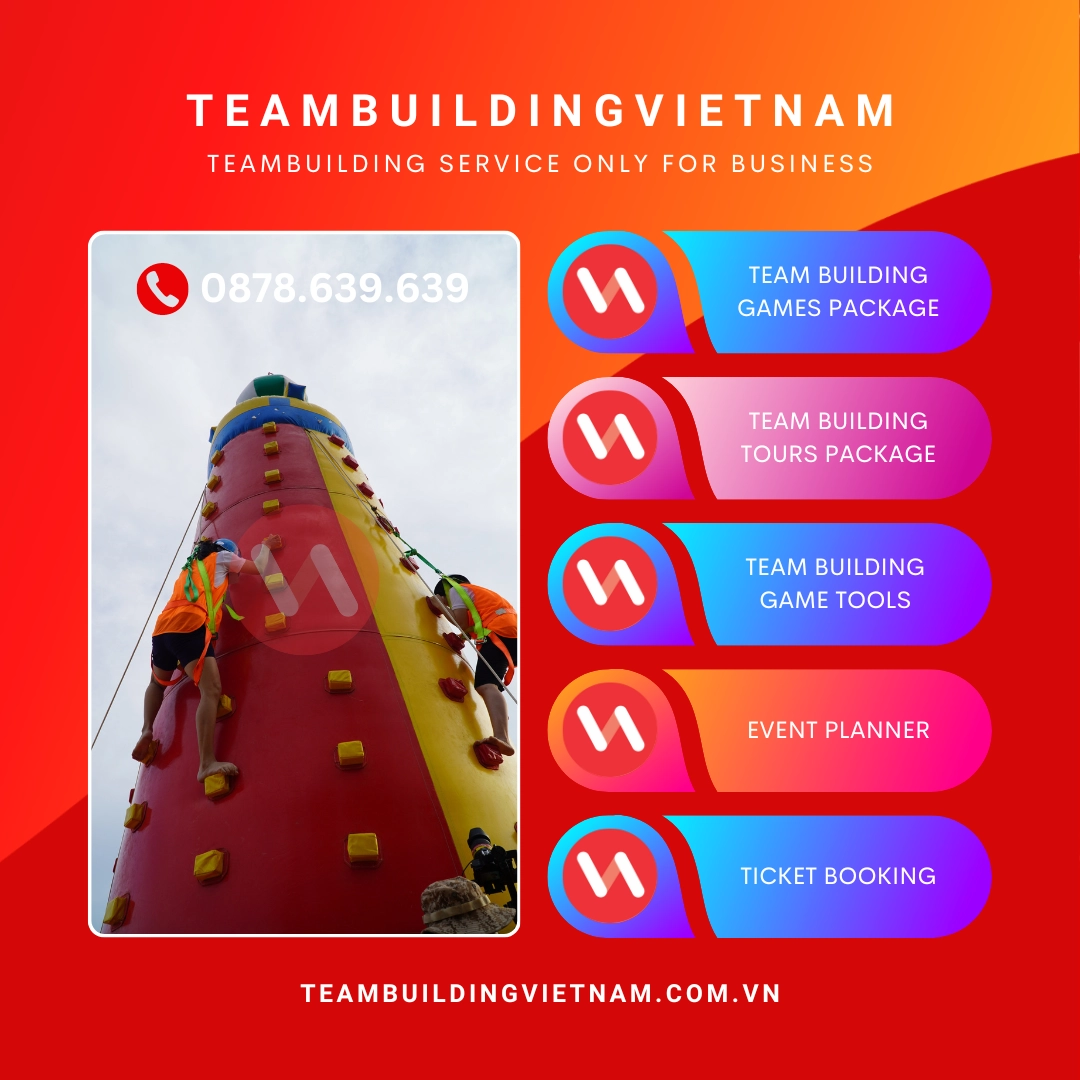Team building Games – 8 Team Building Exercises for Children. While pursuing a social work degree, you may encounter children who need assistance building trust and teamwork skills. We’ve outlined eight cooperative games that both challenge and entertain children while teaching them vital social skills and how to interact with peers.
Today’s children face new and different challenges than those before them. Technology can overwhelm their lives, and with more pressure on parents due to financial and social obligations, children often miss out on essential opportunities to learn social skills. Social workers may interact with children who are more regressed than their peers when it comes to social interaction and social trust. Cooperative games are a great way to help children learn crucial teambuilding skills. We’ve outlined eight great games for children that help build critical thinking, teamwork and communication skills.
After each game, have the children discuss how they applied teamwork to the task at hand, why teamwork helped them complete the tasks and tactics they used that did or didn’t work. Be sure the ideas are coming from the children themselves; resist the urge to let the conversation become a lecture.
Fingertip Hula Hoop
In this game, children stand in a circle and raise their arms, then extend their index fingers. The group supervisor places a hula hoop so that it rests on the tips of the children’s fingers. Children are told that they must maintain a fingertip on the hula hoop at all times, but are not allowed to hook their finger around it or otherwise hold the hoop; the hoop must simply rest on the tips of their fingers. The challenge is for the children to lower the hoop to the ground without dropping it. To make this more challenging, you can place communication constraints on the children—no talking or limited talking, for example.
Don’t Wake the Dragon
This game has a fun element of pretend. The premise is that the children are villagers in a town under siege by a fire-breathing dragon. The only way to save their village is to line up in order of height. But, they can’t talk to each other, or they’ll wake the dragon! Once the children feel they have lined up correctly, they should simultaneously say “Boo!” to scare away the dragon.
Group Jump Rope
This simple game encourages teamwork while incorporating healthy movement and coordination. Two adults hold the ends of a large jump rope and swing it, with the children standing in the middle. All the children must jump together at the same time or it won’t work. You could break the children into groups to compete and see which group can land the most successful jumps in a row.
Mine Field
In this game, children learn cooperation. It also segues nicely into a discussion about diversity. To play, first set up an obstacle course. Children play the game in pairs. One child is blindfolded and the other child attempts to verbally navigate their partner through the obstacles. Be sure to reconfigure the course between each team; that way the children watching their peers play won’t know what to expect when it’s their turn to be blindfolded.
Human Knot
Human Knot is a simple game that can be played without props both indoors and outdoors. This game teaches both problem solving and teamwork skills. Children stand in a closed circle, facing inward, and place their hands and arms in the center of the circle. At random, children hold on to the hand or wrist of their peers. The challenge is now for the children to disentangle themselves. This game works best with small- to medium-sized groups. To make the task more challenging, try having the children complete the activity without talking.
Cross the River
In this game, children must collaboratively cross a “river.” You can create a river by making two parallel lines on the ground. Try using sidewalk chalk if you are outside or masking tape if you are inside. Each team of children is given six square cardboard “rafts” to use in crossing the river. Impose rules on the rafts to encourage the teams to apply critical thinking skills. For example, if a raft is left unattended, it will float away; or if a raft has more than two feet and one hand on it, it will sink. A monitor is required to remove the rafts that are out of play. Break children into smaller groups and have them compete to see who can cross the river fast enough for an added challenge.
Stranded!
This game requires children to be resourceful and work together to save their “stranded” peers. Like in Cross the River, you will need to cordon off a body of water. Designate two or more children to play the part of the stranded islanders. The children on the main shore must use what they can find to fashion a life line to pull their stranded friends to safety. They may use their shoelaces, clothing or other items they can find in the classroom.
Circle Sit
This simple but effective activity is fun for children and adults. It teaches teamwork as well as a little bit of physics. First, have everyone stand in a circle facing inward. Then, each person rotates a quarter turn in the same direction. If everyone is standing close enough together, they can sit on the lap of the person behind them, all at the same time, and remain supported.











